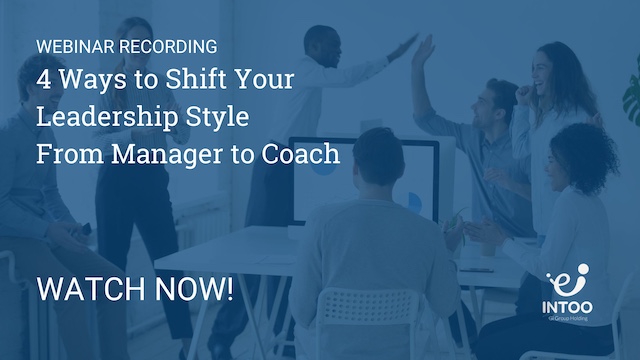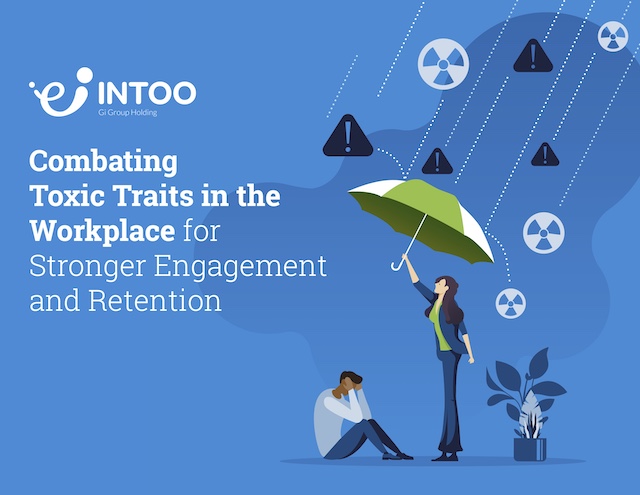A leadership development strategy outlines a systematic approach to nurturing and enhancing the skills, qualities, and behaviors essential for effective leadership within an organization. It involves identifying current and future leaders, assessing their strengths and areas for improvement, and implementing tailored programs to cultivate their abilities. This strategy typically includes a variety of initiatives such as training workshops, mentorship programs, coaching sessions, and experiential learning opportunities. It aims to empower individuals to take on leadership roles confidently, adapt to changing circumstances, inspire others, and drive organizational success. By investing in leadership development, organizations not only ensure a pipeline of capable leaders but also foster a culture of continuous growth and innovation, ultimately strengthening their competitive edge in the market.
In this article, we’ll discuss these and other leadership development strategies for both established and emerging leaders and provide some examples of successful strategies implemented by well-known employers.
Help your employees take charge of their careers. Download these tips to make career development conversations more meaningful.
12 Leadership Development Strategies
Below are 12 strategies you may use to develop leadership at your organization. Usually, a combination of several is needed to provide a well-rounded leadership development program.
1. Mentorship programs
Mentorships offer emerging leaders the opportunity to learn valuable skills by pairing these individuals with experienced professionals in their field, either in their organization or externally. These programs provide personalized guidance, knowledge transfer, skill development, valuable insights, and networking opportunities.
2. 360-degree feedback
Collecting feedback from peers, subordinates, and supervisors offers a comprehensive view of leadership strengths and areas for improvement, facilitating targeted development plans for both emerging and experienced leaders.
3. Leadership workshops
Interactive workshops focusing on key leadership competencies such as communication, decision-making, and emotional intelligence provide practical tools and strategies for leadership growth. By participating in a small group setting, both aspiring and longtime leaders can learn from the trainer and each other new approaches to handling situations that those with leadership responsibilities frequently encounter.
4. Cross-functional projects
Assigning high-potential employees to lead cross-functional projects encourages collaboration and adaptability. It also exposes them to diverse perspectives and enhances leadership versatility by helping them understand the relationship between different roles and responsibilities and how they impact the organization.
5. Emerging leader programming
Programming created specifically for emerging leaders can help develop those employees who demonstrate traits that are desirable among strong leaders. Coaching helps these team members nurture their strengths and create a strategy for ongoing development to create influential future leaders. Likewise, workshops, classes, and other training formats designed for this demographic can help this high-potential group advance in a path toward leadership.
6. Executive coaching
One-on-one sessions with experienced executive coaches offer personalized support, guidance, and accountability for senior leaders, enabling them to overcome challenges and maximize their potential. This coaching is usually tailored to the needs of the individual executive and can help leaders learn how to better prioritize, communicate more effectively, engage team members, and lead through change.
7. Action learning projects
Action learning projects are experiential projects addressing real-world business challenges that allow leaders to apply theoretical knowledge, experiment with different approaches, and learn from both successes and failures. These projects may be initiated by the organization or by the leader and have a specific scope, objectives, and desired outcome. Typically these projects are assigned to a team of 6-8 people who may be at the same location, across divisions, or around the world. They are an opportunity for high-potential employees to work on solving a specific business problem and gain experience in areas they might not otherwise have in the current stage of their careers. These projects may be short- or long-term, spanning months or over a year depending on the complexity of the project, and will have a structured timeline for meeting over the course of the project period.

8. Leadership retreats
Retreats provide opportunities for groups of leaders to self-reflect, bond, and conduct strategic planning. The combination of meetings, learning sessions, and social gatherings fosters a shared vision and cohesive leadership culture.
9. Job rotations
Rotating leaders across departments or areas of the business allows leaders to gain a deeper understanding of different roles and teams. This can help individuals get experience adapting leadership styles according to the distinct needs of the particular team members and groups.
10. CliftonStrengthsTM Assessment
The CliftonStrengthTM Assessment is a survey that can help both emerging and established leaders identify their strongest professional traits so that they can maximize their potential. When the assessment is coupled with leadership coaching, those individuals get personalized guidance for applying the learnings within the context of leading.
11. Leadership assessments
Utilizing psychometric assessments such as DiSCⓇ or MBTIⓇ helps leaders gain insight into their personality, preferences, and leadership style, facilitating self-awareness and targeted development. When reviewing the results of these and other assessments with a coach, leaders can create strategies for making improvements, developing skills, and gaining the greatest benefit from their strengths.
12. Community engagement initiatives
Involvement in community projects or volunteer work cultivates empathy, social responsibility, and servant leadership, enhancing leaders’ ability to connect with and inspire others. Both experienced and emerging leaders can take on these opportunities independently or with the participation of their organization. By collaborating with colleagues and team members in these experiences, the relationship between leader and subordinates can be bolstered, and the influence on peers and senior executives can be strengthened.
What Is an Example of a Leadership Development Strategy?
Leading employers incorporate multiple initiatives into their leadership development strategy. Read about how some of the well-known companies below are developing their leaders for ideas that you can apply at your organization.
1. General Electric (GE)
GE’s leadership development strategy includes programs in each area of business: Commercial, Digital Technology, Edison Engineering, Financial Management, Human Resources, and Operations Management. Each program has a structured curriculum, executive education, and on-the-job experiences. GE fosters leadership agility by rotating leaders across different business units and functions, encouraging innovation and adaptability.
2. Unilever
Unilever’s Future Leaders Programme offers job rotations, exposure to the organization’s many brands, non-traditional learning experiences, dedicated career sponsors, and international projects or placements, for a period of 2-4 years per employee. The program is also focused on building leadership for a sustainable future by offering opportunities to work with NGO partners and on sustainability initiatives.
3. Deloitte
Deloitte employs a number of strategies for leadership development, offering its employees multiple programs. Focusing on inclusion, the company provides many ways to learn and grow, including the Emerging Leaders Development Program for high-performing minority managers, Women’s Leadership Programs, CORE Leadership Program for military veterans, fellowships, and mentorships.
Looking to build and advance your company’s culture? Download this guide for practical tips.
Conclusion
Offering a variety of leadership development strategies as described above addresses the different needs and learning styles of your employees. These strategies help to prepare team members for future leadership opportunities within the organization and to increase the skills of existing senior leaders, while also attracting desirable talent. By improving the leadership skills of your employees, you can increase innovation and business performance, helping every member of your organization to grow.
INTOO offers a variety of leadership development programs, including leadership training, executive coaching, assessments, workshops, and more. Contact us today to learn more about our career development solutions.
Robyn Kern is a seasoned business writer who has written in the HR, education, technology, and nonprofit spaces. She writes about topics including outplacement, layoffs, career development, internal mobility, candidate experience, succession planning, talent acquisition, and more, with the goal of surfacing workforce trends and educating the HR community on these key topics. Her work has been featured on hrforhr.org and trainingindustry.com.











